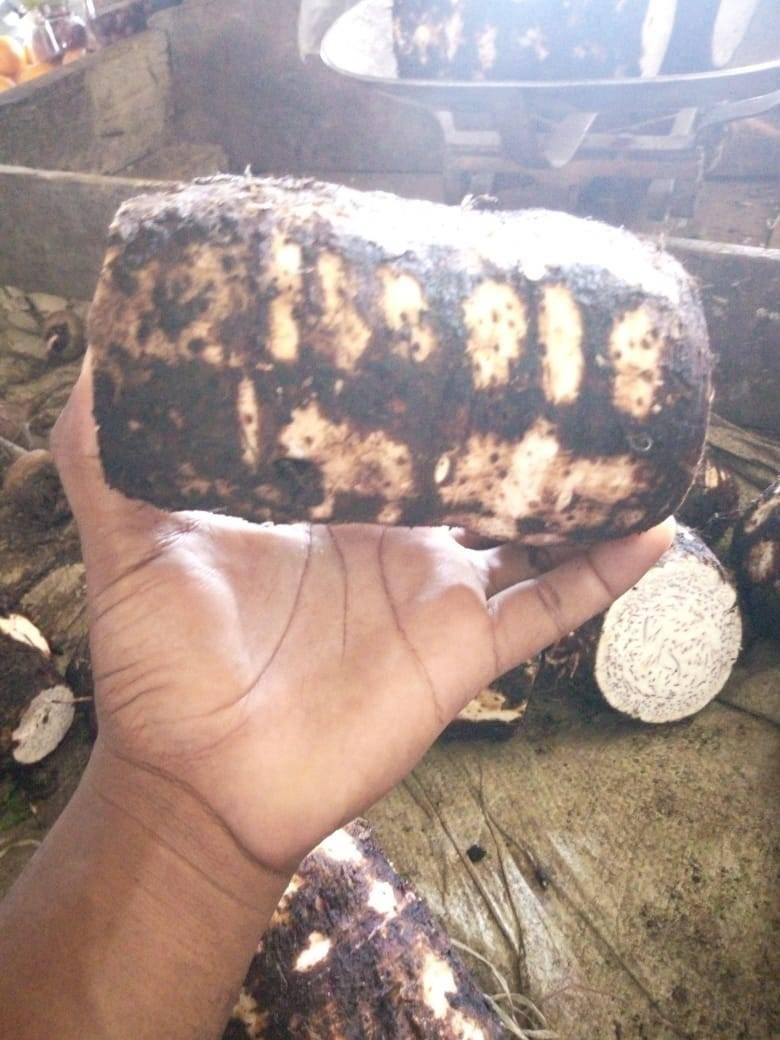
By George Munene
With recent headlines of an entire sack of potatoes selling at the same price as two plates of chips, it has become increasingly evident that farmers need to rethink existing models of getting their produce to market. Elisha Mukoya, an arrowroot farmer at Mumias has done just that. This has enabled him not only to improve his earnings but provide a source of income for several previously unemployed young men.
"Rather than selling my produce through brokers who are often looking to undercut farmers, I teamed up with seven young men based in Kakamega to whom I supply every week with two 90 kilogram bags of nduma each," he said.
Before they get started, Elisha sets them up with a shed to sell out of. It is fitted with a jiko, sufuria and a couple of benches. They are then required to come up with about Sh1,000 every week to keep the business running. This supplies charcoal, water, sugar, and miscellaneous expenses.
Related News: The golden tuber: How arrowroot farming has transformed a Kakamega farmer’s life
Related News: Agritech startup giving market to small-scale banana, pumpkin, sweet potato, arrowroot & yam growers
They sell to consumers directly when the ndumas are still raw or add value through boiling. Given clients are not in short supply they prefer to boil the arrowroots which earn them more.
A sack of arrowroots holds 400-500 pieces, each one is split up to four times and sold for ten shillings. From the two sacks, each of the young men collects Sh23,000 at the end of each week. From their earnings, Elisha charges them Sh8,000 for every sack.
His biggest challenge is one every farmer would love to have: a shortage in supply.
"Farm-to-table farming demands consistency in the delivery of produce without any shortages or delays, " he informs.
Related News: Mumias farmer mints millions supplying underserved arrowroot market
With in-demand crops that are consumed with little value addition, he urges other farmers to explore innovative ways they can reach consumers. This improves their overall earnings as well as integrating other earners into the agricultural value chain.
















Comments powered by CComment